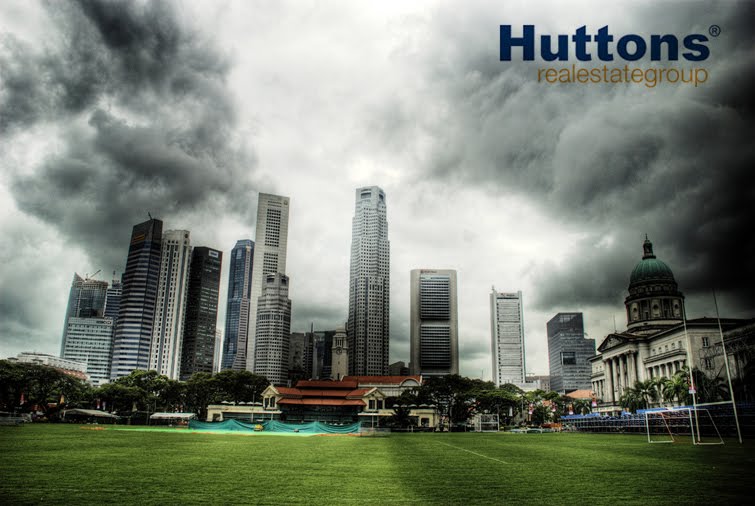05:54 AM Dec 17, 2010
How do the economics stack up?
Per-square-foot prices and rentals generally go up when the sizes of the apartments go down. So in several recent launches, the one-bedroom units fetched, for example, $1,200 psf, while the three-bedroom units transacted at below $1,000 psf - a 20 per cent premium that arises because the smaller unit with a lower selling price quantum has a wider reach.
As for rentals, let's take a hypothetical example, say, in River Valley. A one-bedroom, 550-sq-ft unit may lease for $3,800 a month, a 900-sq-ft two-bedroom unit for $5,500, while a 1,200-sq-ft three-bedroom unit, $6,500. The rentals per square foot increase as the sizes of the apartments drop (see Table 1). However, up to a point, the equation fails to apply. In this example, a 350 sq ft studio unit in River Valley may, for example, be able to fetch about $2,800 per month of rental. However, that is near the limit of how high rentals can go for shoebox units. This unit is similar in size as the deluxe hotel rooms in River Valley area.
If we tried to push rentals beyond $3,000 per month (ie above $100 per day), it may be more economical for the tenant to take a long-term let with a hotel around River Valley, given the more flexible lease terms that include daily housekeeping, electricity, fully furnished/equipped rooms and probably complimentary laundry. He would also save on rental whenever he travels out of Singapore.
As for costs, if every single apartment in a development were shoebox sized units, their share values would be five for every apartment. The maintenance fees and sinking funds for the common areas and shared services would be equally borne by all the owners of the development.
However, if a project has some shoebox units mixed with larger sized two- to four-bedroom units, then the shoebox units will contribute proportionately higher maintenance fees and sinking funds.
Under current share value allocation rules - apartments of less than 50 sq m are allotted share value of five, larger apartments up to 100 sq m are allotted six and so on, increasing by one share for every additional 50 sq m of strata area.
The yields - net of maintenance fees and sinking funds - become narrower between shoebox units and their larger sized cousins. Should the economy weaken and vacancies run high, and normal two-bedrooms are available for rent at $3,000 to $4,000 per month, how would shoebox units stand up to price competition?
I wonder what new social challenges may prevail in the future for the developments that contain a wide mix of units. In developments where the $600,000 shoebox or one-bedroom units were bought by investors and $2 million four-bedroom units purchased by owner-occupiers, will the low-budget tenants from the shoebox units make good neighbours for the rest?
Will there be poor cousins in a rich compound just like I was a poor student living in a 120-sq-ft bedsit within the posh Kensington neighbourhood? In such a mixed development, will investor-landlords be willing to contribute that little extra to maintenance and sinking funds as compared to house-proud owner-occupiers? We'll have to observe as such heterogeneous projects, most still under construction today, become mature and fully occupied estates over the next five to 10 years.
From the list of about 130 projects that have shoebox units (see Table 2), it is interesting to note that the most common name used is "suites". This is merely terminology and not to be confused with hotel suites (which are generally bigger than shoebox units) nor with several luxury projects that do not have shoebox units, such as Marina Bay Suites, Paterson Suites and Nathan Suites.
In land scarce Singapore, space is a real luxury. While trying to improve the quality of life, we also need to maximise the use of every square foot of land. HDB blocks have risen up to 50 storeys. Shrinking apartment sizes is another way to satisfy the demand from more, and smaller, households. The proliferation of shoebox apartments should be an expected consequence of the steadily rising population density. Cramped spaces, anyone?
The writer is the founder of real estate agency International Property Advisor, which provides services to high-net-worth individuals.








